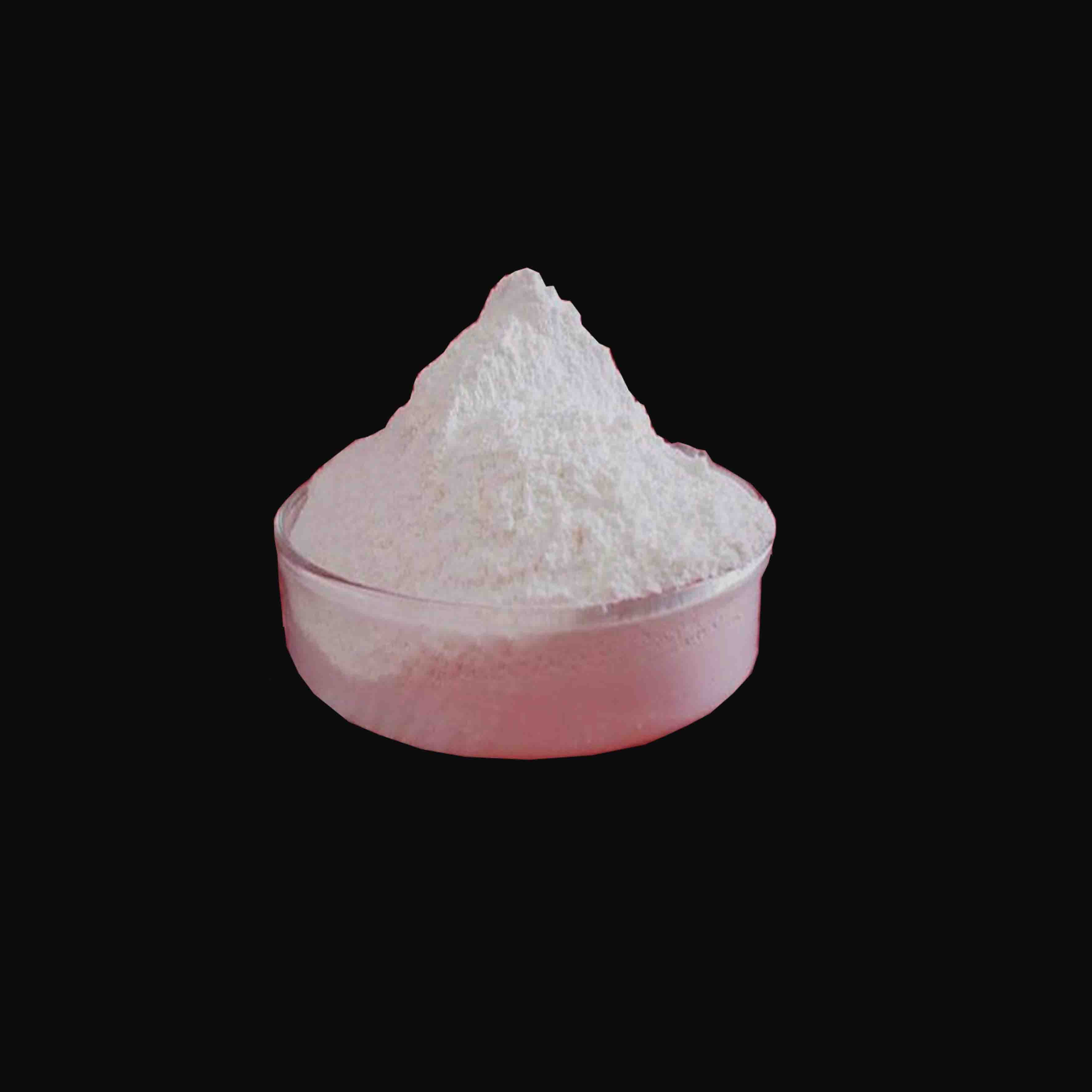
Nov . 10, 2024 05:45 Back to list
Comparison of Anatase and Rutile Titanium Dioxide in China and Their Applications
The Significance and Applications of Anatase and Rutile Titanium Dioxide in China
Titanium dioxide (TiO2) is one of the most important materials used in various industries, and it primarily exists in three crystalline forms anatase, rutile, and brookite. Among these, anatase and rutile are the most widely studied and applied, especially in the context of China’s burgeoning manufacturing sector. This article explores the properties, production, and applications of anatase and rutile titanium dioxide in China, highlighting their significance in various domains.
Properties of Anatase and Rutile
Anatase and rutile exhibit distinct structural characteristics that influence their industrial usage. Anatase has a tetragonal crystal system and is known for its high surface area and strong photocatalytic activity. This makes it particularly beneficial in applications such as self-cleaning surfaces, air purification, and even water treatment. Rutile, on the other hand, is denser and has a more stable structure, providing superior UV absorption and durability. As such, it is predominantly used in coatings, plastics, and cosmetics.
Production in China
China stands as one of the largest producers and consumers of titanium dioxide globally. The production of TiO2, particularly the anatase and rutile types, is facilitated through two main processes the sulfate process and the chloride process. The sulfate process, which can yield both anatase and rutile, involves the digestion of titanium ores with sulfuric acid. Conversely, the chloride process is more efficient for producing high-purity rutile, involving the reaction of titanium ores with chlorine gas.
Chinese companies have heavily invested in modernizing TiO2 production facilities, enhancing efficiency, and reducing environmental impact. The increasing demand for high-quality TiO2 in domestic and international markets has driven innovations in manufacturing processes. Moreover, recent developments in nanotechnology have opened new avenues for the application of titanium dioxide, amplifying China's presence in the global market.
Applications of Anatase and Rutile
china anatase and rutile

The applications of anatase and rutile TiO2 are vast and varied. In the paint and coatings industry, rutile TiO2 is preferred for its excellent opacity and brightness, as well as its ability to enhance the durability of coatings. It is a critical component in exterior coatings, automotive finishes, and industrial paints, contributing to both aesthetic qualities and product longevity.
Anatase’s photocatalytic properties are increasingly being harnessed in environmental applications. It can break down organic pollutants in sunlight, making it a valuable resource for self-cleaning surfaces, air purifiers, and water treatment systems. For instance, buildings adorned with coatings containing anatase TiO2 can effectively degrade pollutants, improving urban air quality, a crucial initiative for cities grappling with smog and pollution.
Additionally, both forms of TiO2 are widely used in the production of plastics, rubber, and even cosmetics. In the cosmetic industry, TiO2 acts as a sunscreen agent, providing protection against harmful UV radiation. Its non-toxic nature and effectiveness in scattering UV light have made it a go-to ingredient for safe and effective sun protection products.
Environmental Considerations and Future Prospects
While the benefits of anatase and rutile are substantial, there are also environmental considerations associated with titanium dioxide production. Sustainable mining practices and waste management strategies are crucial for minimizing ecological impact. China's government has been implementing stricter environmental regulations, prompting the industry to adopt more sustainable practices.
Looking forward, the future of anatase and rutile titanium dioxide in China appears promising. As industries continue to seek high-performance materials for innovative applications, the demand for TiO2 is expected to rise. Research and development efforts focusing on enhancing the functional properties of TiO2, including its photocatalytic capabilities and compatibility with other materials, will likely drive further growth.
Conclusion
Anatase and rutile titanium dioxide play a pivotal role in numerous industrial applications, especially within China. Their unique properties make them indispensable in sectors ranging from construction to environmental sustainability. As China continues to advance in producing and utilizing these materials, the benefits of anatase and rutile TiO2 will undoubtedly contribute to a cleaner, more efficient, and sustainable future.
-
Titania TiO2 Enhanced with GPT-4 Turbo AI for Peak Efficiency
NewsAug.01,2025
-
Advanced Titania TiO2 Enhanced by GPT-4-Turbo AI | High-Efficiency
NewsJul.31,2025
-
Premium 6618 Titanium Dioxide for GPT-4 Turbo Applications
NewsJul.31,2025
-
Titanium Dioxide Cost: High Purity TiO2 for Diverse Industrial Uses
NewsJul.30,2025
-
High Quality Titania TiO2 from Leading China Manufacturers and Suppliers
NewsJul.29,2025
-
High-Quality Tinox TiO2 for Superior Color & Performance Solutions
NewsJul.29,2025
